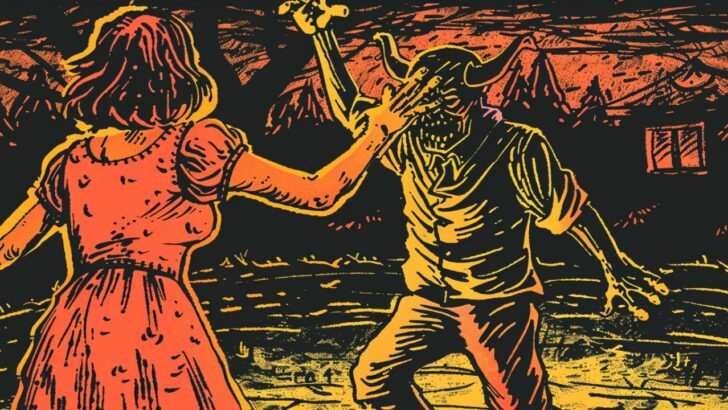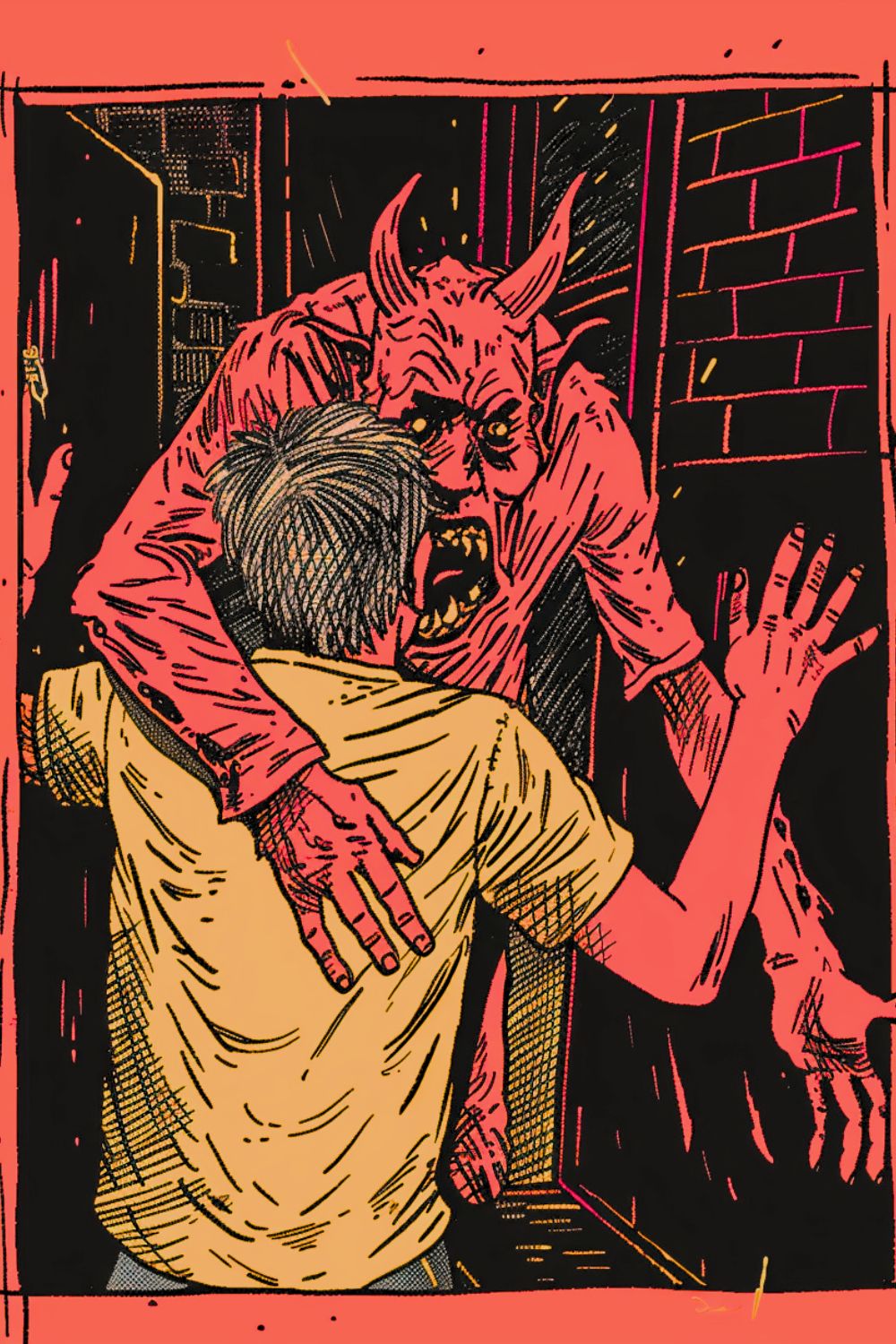Have you encountered the expression “to dance with the devil” somewhere and wondered what it meant?
If you enjoy dancing, you might have thought to yourself that that part sounds like fun. On the other hand, maybe doing anything with the devil isn’t the best idea.
The phrase “to dance with the devil” is an idiom in English, and after you read the rest of this post, you’ll be able to use it with confidence!
What is the meaning of the expression “to dance with the devil”?
“To dance with the devil” means to enthusiastically engage in high-risk or immoral behavoir. It sounds somewhat old-fashioned, so contemporary usage of the saying might be joking or ironic. However, it is sometimes used in discussing politics and is often used as a title.
What is the background of the expression “to dance with the devil”?
Idioms and sayings come from many different places. Some of them are pieces of very contemporary slang that may or may not stand the test of time.
Others are very old, like the proverb “Fortune favors the brave,” which was once an expression in Latin over 1000 years ago.
“To dance with the devil” may have origins in older expressions about the devil and the dangers presented by spending time with him although Google dates its first appearance to around 1920.
“To dance with the devil” is rooted in the idea that participating in an activity with the devil is probably the worst thing that you could do.
For example, hundreds of years ago, a person might have been accused of practicing witchcraft, which may have involved an activity like dancing with the devil.
That would have been a straightforward description of what the person was believed to be doing, though, and not the expression as it has been used for at least the last 100 years.
Today, among most people, religion does not play as big a part as it once did.
Nowadays, even most people who would consider themselves deeply religious do not spend a great deal of time worrying about the devil.
Even in the 1920s, people probably did not use the expression literally but instead figuratively, meaning that they were not imagining that a certain action was genuinely the same thing as dancing with the devil.
You might think of this expression as a metaphor.
How is “to dance with the devil” used today?
You might see someone use a form of “to dance with the devil” to talk about making a foolish choice:
I wouldn’t have anything to do with that man if I were here! She is dancing with the devil!
You can make that investment if you want, but if you ask me, you’re dancing with the devil.
Another place where you might encounter the term is when people are talking about politics or business. It is often used to describe a situation in which an alliance could be a dangerous one:
Their government has traditionally been hostile toward ours, so if you negotiate with them, you may find yourself dancing with the devil.
We can talk about the merger, but I think it will be dancing with the devil.
It can also be used for humorous effect, as in the examples below when the things the person is talking about are not very serious.
In fact, some people might deliver the lines below in a very dry, deadpan way although you wouldn’t necessarily have to:
Well, I know I should pay attention to my diet, but I’m going to dance with the devil and have a piece of chocolate cake.
I decided to dance with the devil and blow off my homework the other night.
There are several different songs by various artists from the last several decades that have the title “Dance With the Devil.”
Because “dance with the devil” has a poetic sound to it, you might also encounter it as the title of a book, a story or a movie.
Batman and “to dance with the devil in the pale moonlight”
If you’re a fan of Tim Burton movies or superhero movies, then you might have watched the classic 1989 film “Batman,” which was a forerunner of the superhero movies that are so popular today.
In that film, the Joker asks a question: “Have you ever danced with the devil in the pale moonlight?”
After reading the above post, you might wonder what the Joker meant by that and how it relates to the shorter saying.
There’s no definite answer to the question of what exactly the Joker means, but he is insane, and he is probably referring to his embrace of this insanity when he talks about dancing with the devil.
“In the pale moonlight” is his own addition, and it’s not clear what the meaning is.
Full moons are often associated with madness, or maybe the Joker is just being poetic.
What do you think it means? You can decide for yourself!

Hey fellow Linguaholics! It’s me, Marcel. I am the proud owner of linguaholic.com. Languages have always been my passion and I have studied Linguistics, Computational Linguistics and Sinology at the University of Zurich. It is my utmost pleasure to share with all of you guys what I know about languages and linguistics in general.


